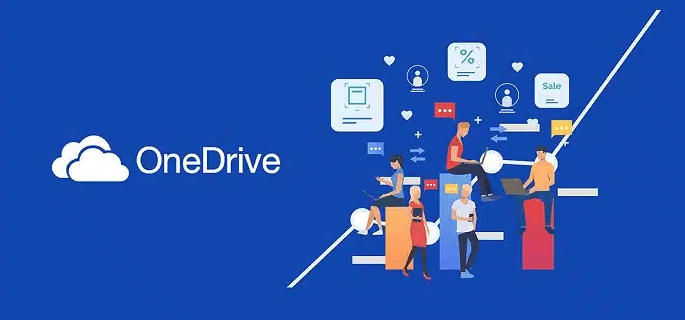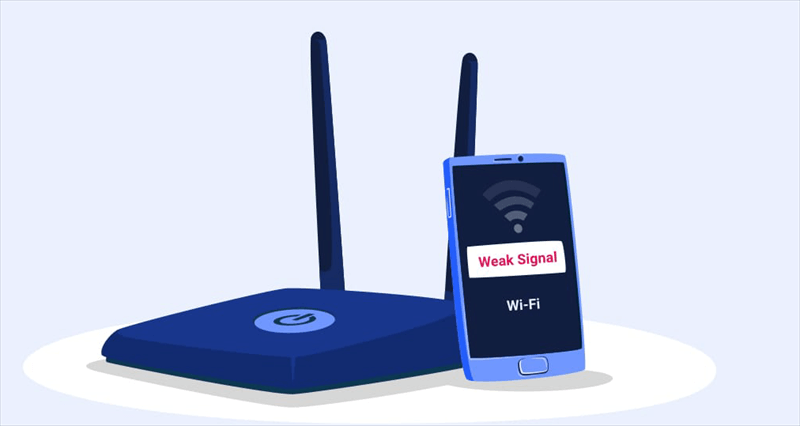About the Onedrive error 0x80004005
Onedrive error 0x80004005 is a common issue that can occur while syncing files or using Onedrive, Microsoft's cloud storage service. This problem may occur if a file that the Windows Product Activation (WPA) requires is damaged or missing. That might be caused by various factors such as network issues, software conflicts, or corrupted files.
Common Causes of Onedrive Error 0x80004005
As mentioned above, several factors can lead to the OneDrive Eerror 0x80004005:
- Network Problems: Intermittent or unstable internet connections can disrupt the syncing process, leading to this error.
- Software Conflicts: Conflicts with other applications or security software can interfere with Onedrive operations.
- Corrupted Files: Files that are corrupted or contain special characters may prevent Onedrive from syncing correctly.
- File and Folder Permissions: Restricted permissions or access rights for certain files or folders can lead to synchronization issues. Onedrive may be unable to read or write files if it does not have the necessary permissions, causing error 0x80004005.
- System File Corruption: Corrupted system files on your operating system can affect Onedrive’s functionality. If system files related to networking, syncing, or file management are damaged, Onedrive may encounter errors like 0x80004005.
- Outdated Onedrive Client: Using an outdated version of the Onedrive client can result in compatibility issues and errors.
- Insufficient Storage Space: Running low on local or cloud storage can cause syncing failures.
How to Fix Onedrive Error 0x80004005-10 Solutions You can Try
To resolve Onedrive error 0x80004005, follow these detailed steps:
1. Check Your Internet Connection
Verify Network Stability: Ensure your internet connection is stable and has sufficient speed. Disconnect and reconnect to your network or switch to a different network if necessary.
Restart Your Router: Power cycle your router by unplugging it for a few seconds and then plugging it back in to refresh the connection.
2. Restart Onedrive
Close and Reopen Onedrive: Right-click the Onedrive icon in the system tray and select "Close Onedrive." Then, reopen the application from the Start menu to restart the sync process.
3. Update Onedrive and Windows Operating System
Install Latest Version: Ensure you have the latest Onedrive client version. Check for updates through the Microsoft Store or download the latest version from the Onedrive website.
Update Windows: Ensure your operating system is up-to-date, as Windows updates can include fixes for compatibility issues affecting Onedrive.
4. Check File Names and Sizes
Rename Files: Avoid using special characters or excessively long file names. Rename problematic files and folders to simplify their names.
Verify File Sizes: Ensure that files do not exceed Onedrive’s size limits and that you have sufficient storage space available.
5. Free Up Storage Space
Manage Local Storage: Clear out unnecessary files on your device to free up space. Check the storage settings on your device to ensure adequate space is available for Onedrive to operate.
Upgrade Onedrive Plan: If your cloud storage is full, consider upgrading your Onedrive plan to increase your storage capacity.
6. Reset Onedrive
Resetting Onedrive can resolve synchronization issues. Press "Windows + R", type "cmd" in the run dialogue, and press Enter. In the Command Prompt, enter "onedrive /reset" and press Enter. Restart your computer after the reset.
7. Reinstall Onedrive
Uninstall Onedrive: Go to Settings > Apps, locate Onedrive, and select "Uninstall" to remove it from your system.
Reinstall Onedrive: Download the latest version from the Onedrive website and install it to ensure you have a clean installation.
8. Perform a System File Check
Use the System File Checker tool to scan and repair corrupted system files. Open Command Prompt as an administrator, type `sfc /scannow`, and press Enter. Follow the prompts to fix any issues detected.
9. Disable Conflicting Software
Turn off any antivirus or firewall software temporarily to determine if they are causing the issue. If disabling them resolves the problem, adjust the software’s settings to allow Onedrive operations.
10. Check Permissions and Access Rights
Ensure that Onedrive has the necessary permissions to access and sync files. Check the file and folder permissions and adjust them if needed.
Summary
If you are being troubled by the OneDrive error 0x80004005, this tutorial can help you figure out the possible causes behind and finally resolve the error. Then you can use OneDrive to share, store or sync important files smoothly as usual.
If you have more then 1 OneDrive account and cloud services, to manage them with most ease and convenience, just try MultCloud. Trusted by over 3 million users, MultCloud is a multi-cloud management tool that facilitates the transfer or synchronization of files between various cloud services.
For instance, it allows for seamless file transfers from cloud drives like Google Drive to OneDrive without the need to download and then re-upload files. MultCloud also enables you to access and manage all your cloud accounts via a single application. Currently, it supports more than 30 different cloud services, including Google Drive, OneDrive, Dropbox, Box, Google Photos, iCloud Photos, FTP, WebDav, and more.

- Cloud Sync: Sync data across clouds seamlessly in real time.
- Cloud Backup: Dynamically backup and restore files between clouds.
- Cloud Transfer: Move one cloud data to another without download and re-upload.
- Automatic: Set up a schedule to make task automatically run as preferred.
- Offline: Transfer, sync or backup cloud data online without going through local.
- Efficient: Access and manage all your clouds with a single login.
MultCloud Supports Clouds
-
Google Drive
-
Google Workspace
-
OneDrive
-
OneDrive for Business
-
SharePoint
-
Dropbox
-
Dropbox Business
-
MEGA
-
Google Photos
-
iCloud Photos
-
FTP
-
box
-
box for Business
-
pCloud
-
Baidu
-
Flickr
-
HiDrive
-
Yandex
-
NAS
-
WebDAV
-
MediaFire
-
iCloud Drive
-
WEB.DE
-
Evernote
-
Amazon S3
-
Wasabi
-
ownCloud
-
MySQL
-
Egnyte
-
Putio
-
ADrive
-
SugarSync
-
Backblaze
-
CloudMe
-
MyDrive
-
Cubby


